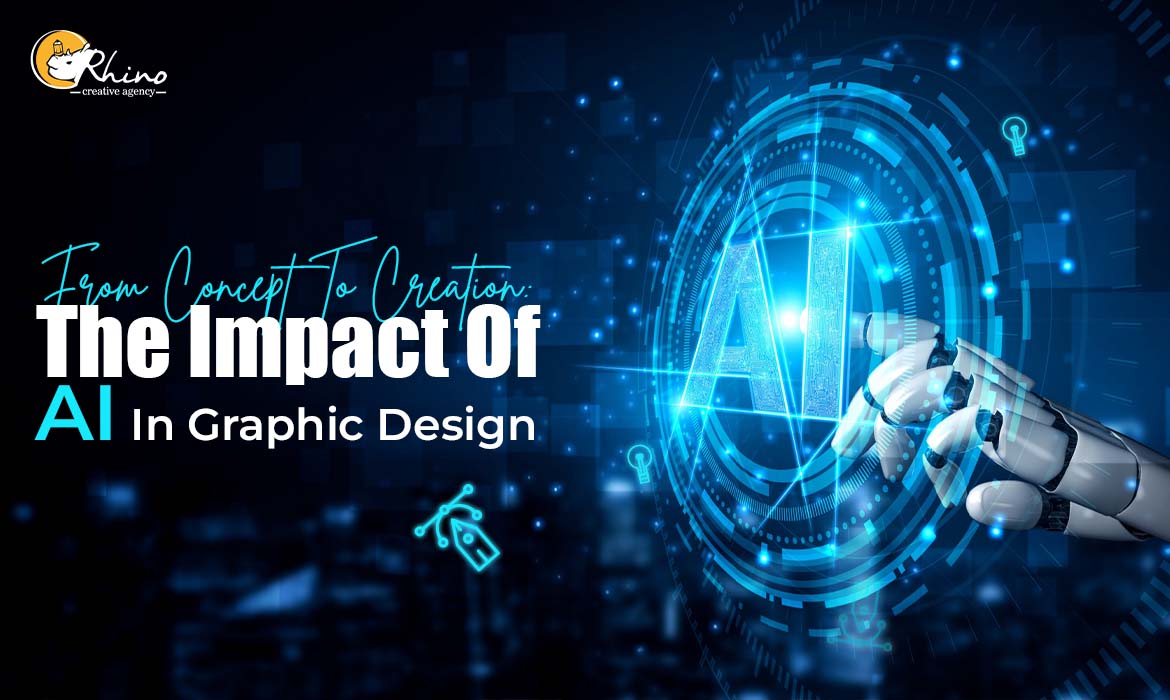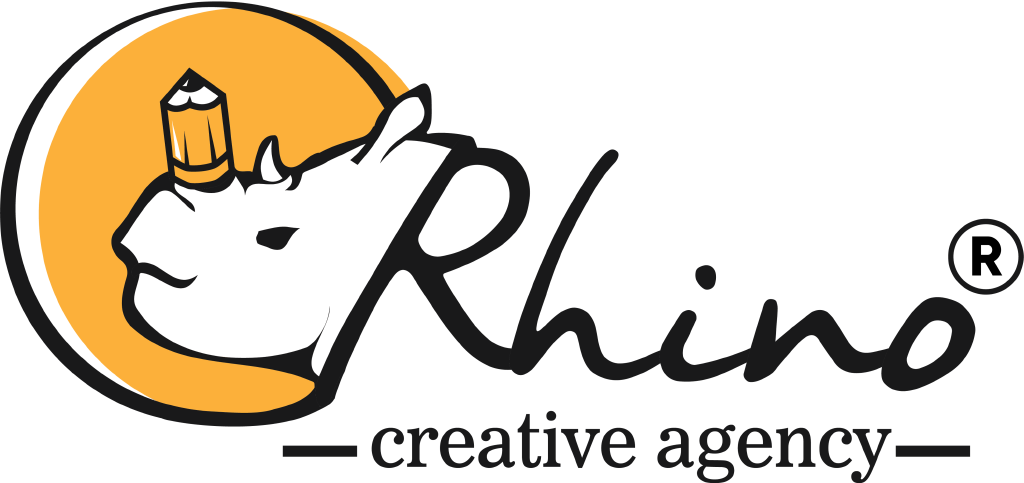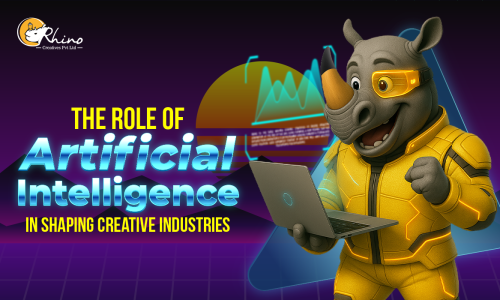
In the realm of futuristic growth across all areas of business, the field of art has seen the most significant and creative advancements. The modern evolution of graphic design has reshaped traditional practices and allows artists to push the limits of creativity, making the impossible possible with just a descriptive prompt. The latest improvements in Artificial Intelligence (AI) have helped automate mundane tasks and offer advanced tools that augment human capabilities. This is making AI an indispensable tool for graphic designers worldwide.
How AI Is Shaping Design Workflows
Artificial Intelligence (AI) saves designers‘ time a thousand-fold by tirelessly and repetitively generating color palettes, concepts, resizing images, and drafting initial works with just the click of a button. The introduction of automated design has been one of the most significant achievements in technology, as it now eliminates numerous human errors with ease. The latest design-related AI tools have freed up designers’ time, allowing them to focus on strategically selling their designs.
Numerous AI-driven software programs that have recently emerged can analyze large datasets to identify trends, preferences, and patterns, which in turn helps designers make informed decisions when choosing color schemes, typography, and even content placement. This analytical advantage in the current designing software enables designers to create designs that resonate better with the target audience, thereby enhancing the impact of their work.
Enhancing Creativity With AI In Graphic Design
The growth of Artificial Intelligence is often paired with the threat that these programs will take away jobs from individuals across various fields. However, in reality, AI has helped increase productivity and created space for more creativity and innovation. AI’s algorithms are designed to generate variations of results based on specific parameters, providing designers with a wealth of inspiration to start from. This functionality is highly valuable when brainstorming new and creative ideas or when exploring multiple designs.
The latest AI can assist designers in creating personalized designs on a large scale, once it has been fed the right amount of data, such as preferences and demographics. This partnership between designers and AI can often lead to unexpected and inspiring results, pushing the boundaries of possibility while delivering highly relevant and compelling visual experiences.
How To Use AI In Graphic Design
The introduction of AI-powered designs has unlocked once unimaginable functionalities that have become invaluable tools for designers. Technologies like Generative Adversarial Networks (GANs) can create entirely new visuals that mimic artistic styles or blend elements from different sources. This opens up new opportunities for experimentation and cross-disciplinary collaboration.
Artificial Intelligence (AI) can also enhance accessibility by automatically optimizing designs for different devices and platforms, making them responsive and inclusive, and catering to diverse audiences with varying technological needs.
Benefits Of AI In Design
The major benefits of including Artificial Intelligence (AI) in the design process are an increase in productivity, enhanced creativity, and highly refined design consistency, making your job easier. AI can tirelessly provide results with varying degrees of differentiation while adhering to the input provided. Some AI-powered software can even suggest new ideas, trends, and possibilities in design, stimulating innovation. Additionally, AI can save time in image editing, layout design, and typography by constantly making suggestions to enhance the attractiveness of your output.
Setbacks Of AI In The Design Industry
Though Artificial Intelligence (AI) has been a boon, it initially entered with the threat that these digital beings would take human jobs. However, it’s a relief to realize that AI is still highly dependent on its masters (us humans) for basic prompts to function and work. Nevertheless, this mutual dependency between AI and designers raises concerns, as relying too much on AI may reduce designers’ proficiency in fundamental design skills.
Dependency isn’t the only concern, ethical issues and biased results may also pose significant setbacks when using AI. Ethical concerns such as data privacy, bias in algorithmic decisions, and the authenticity of AI-generated content warrant careful consideration. Designers must thoroughly review the output before putting it to use. They have to ensure that AI is used ethically and transparently to uphold professional standards while respecting user rights. Additionally, AI algorithms may inadvertently perpetuate biases present in training data, which could impact design decisions.
Conclusion
The revolutionary integration of Artificial Intelligence (AI) in graphic design represents a paradigm shift, offering unparalleled opportunities for efficiency and creativity. AI acts as a catalyst for innovation by automating mundane tasks, enhancing creative possibilities, and serving as a powerful tool for designers. AI also empowers designers to push the boundaries of their craft, enabling them to create visually stunning and impactful designs that resonate with audiences worldwide, all while streamlining workflows and increasing productivity.
Although designers appreciate their digital companion, they must keep it in check to avoid issues such as dependency on AI, ethical implications, and biases. This ensures that AI serves as an enabler rather than a constraint in the pursuit of artistic excellence. There is no doubt that as AI continues to evolve, its role in graphic design will grow, shaping the future of creativity and design excellence.







